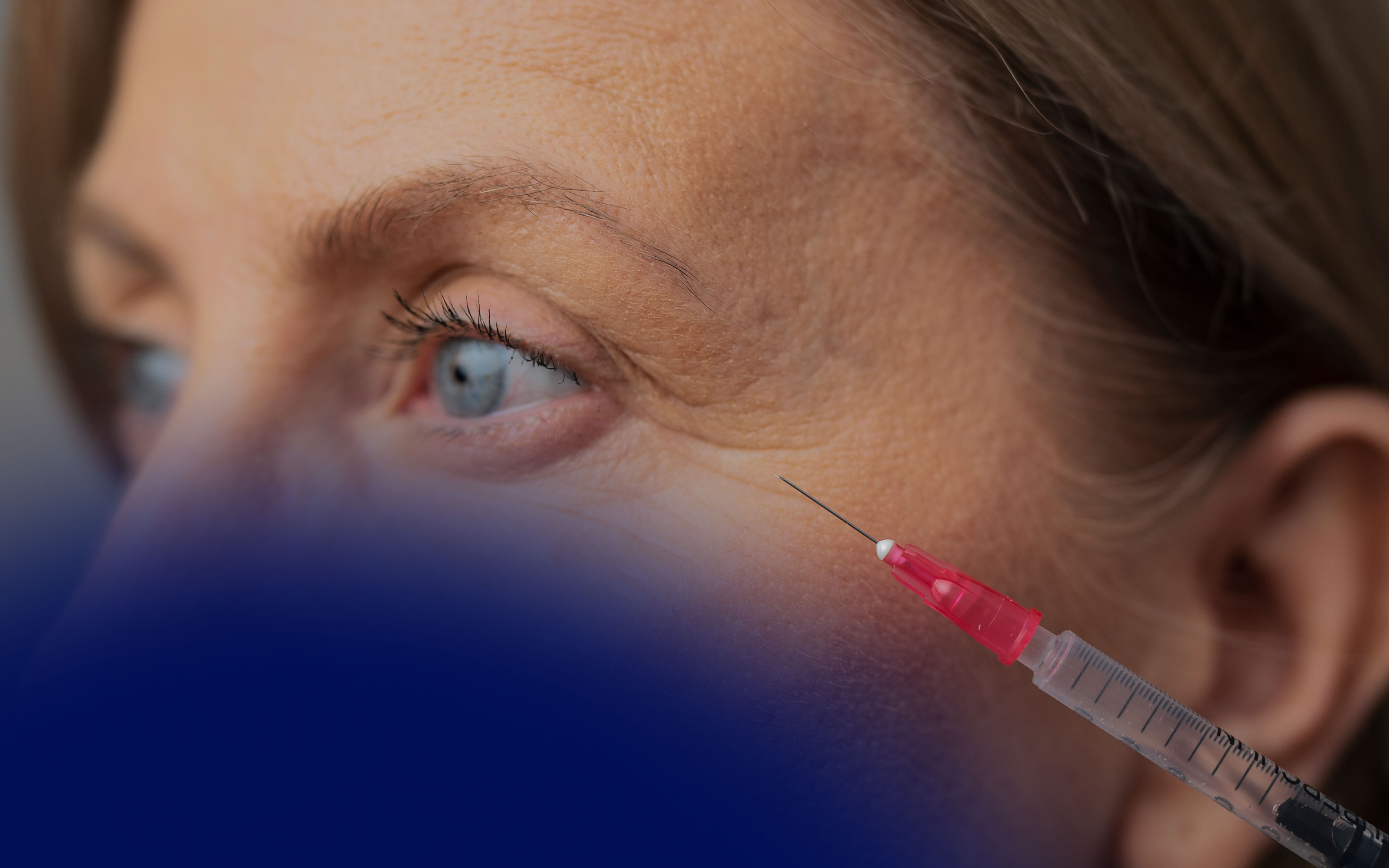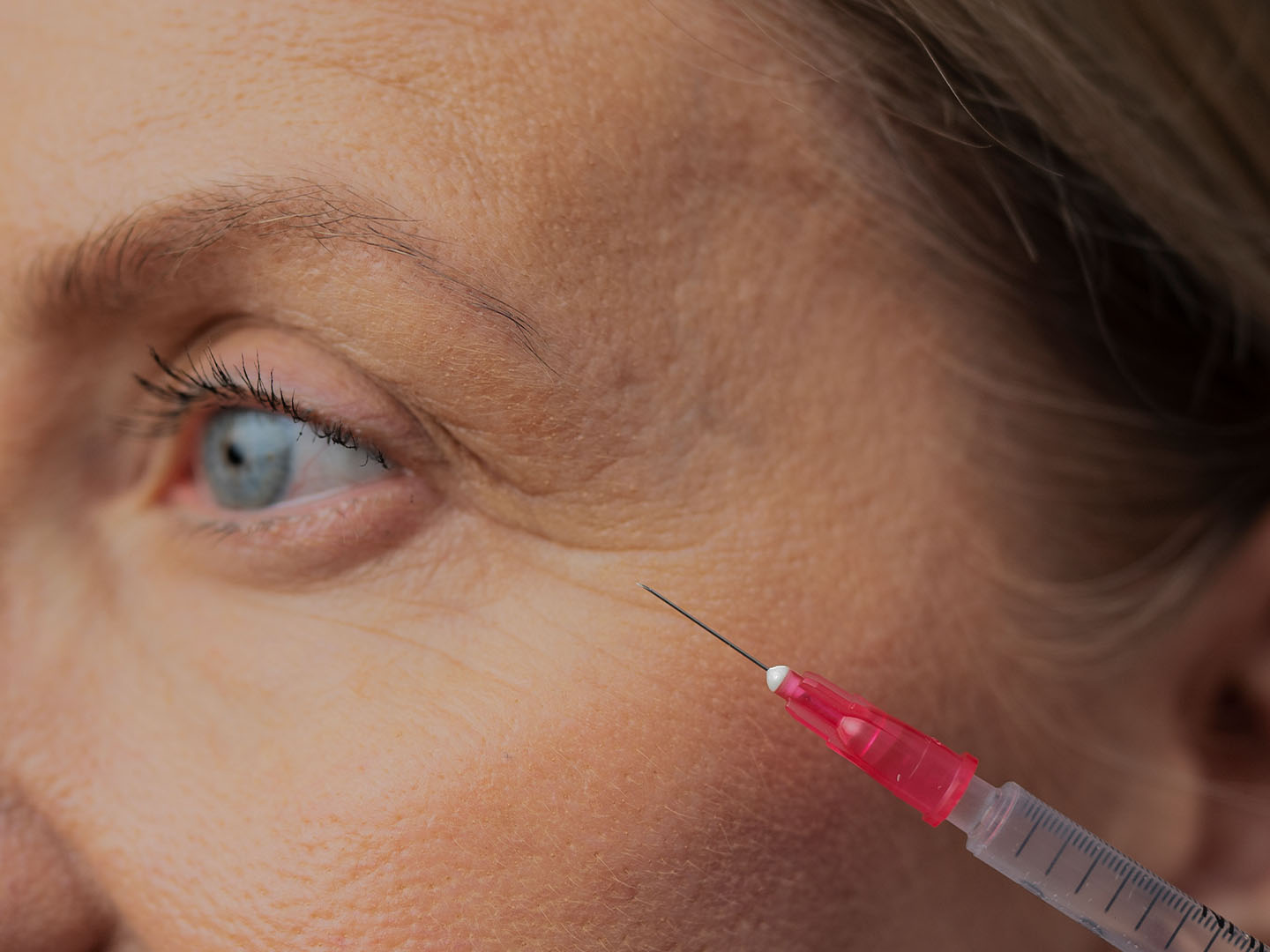
Key Takeaways
- Temple filler migration refers to the unintended movement of injected product from the original placement site, often resulting in visible or palpable irregularities.
- Risks increase due to the temple’s thin skin, complex anatomy, and dynamic movement.
- Prevention involves precise injection technique, appropriate filler choice, and strict post-procedure care.
- Migration is manageable when detected early, but serious cases may require hyaluronidase or referral.
- Ongoing education, such as temple filler training, is key for improving outcomes and minimizing complications.
Introduction
Temple filler has become a popular treatment for addressing hollowing in the upper face and achieving a more youthful, lifted appearance. Many practitioners now use filler in temples to lift eyes, contour the lateral face, and restore volume loss caused by aging or genetics. However, temple filler is a technically challenging procedure, and one of the most important complications to understand is temple filler migration.
While filler migration can occur in any facial area, the temple region presents unique risks due to its anatomy, vascularity, and depth variations. For medical aestheticians, understanding the causes, prevention, and management of migration is essential to safe and successful treatment outcomes.
What Is Temple Filler?
Temple filler involves the injection of dermal filler, most commonly hyaluronic acid, into the temporal region to correct hollowing and improve facial contours. This hollowing can make the face appear older or skeletal, and treating it helps restore a more balanced facial structure. In some cases, filler in temples is used to lift eyes indirectly by restoring lateral support to the brow area.
Treatment goals include:
- Replenishing deep volume loss
- Supporting the lateral brow and upper face
- Smoothing contour irregularities
Popular products used for temple dermal filler include those with higher G-prime and good tissue integration, such as Juvederm Voluma or Restylane Lyft. These products provide adequate lift while maintaining shape in a high-mobility area.
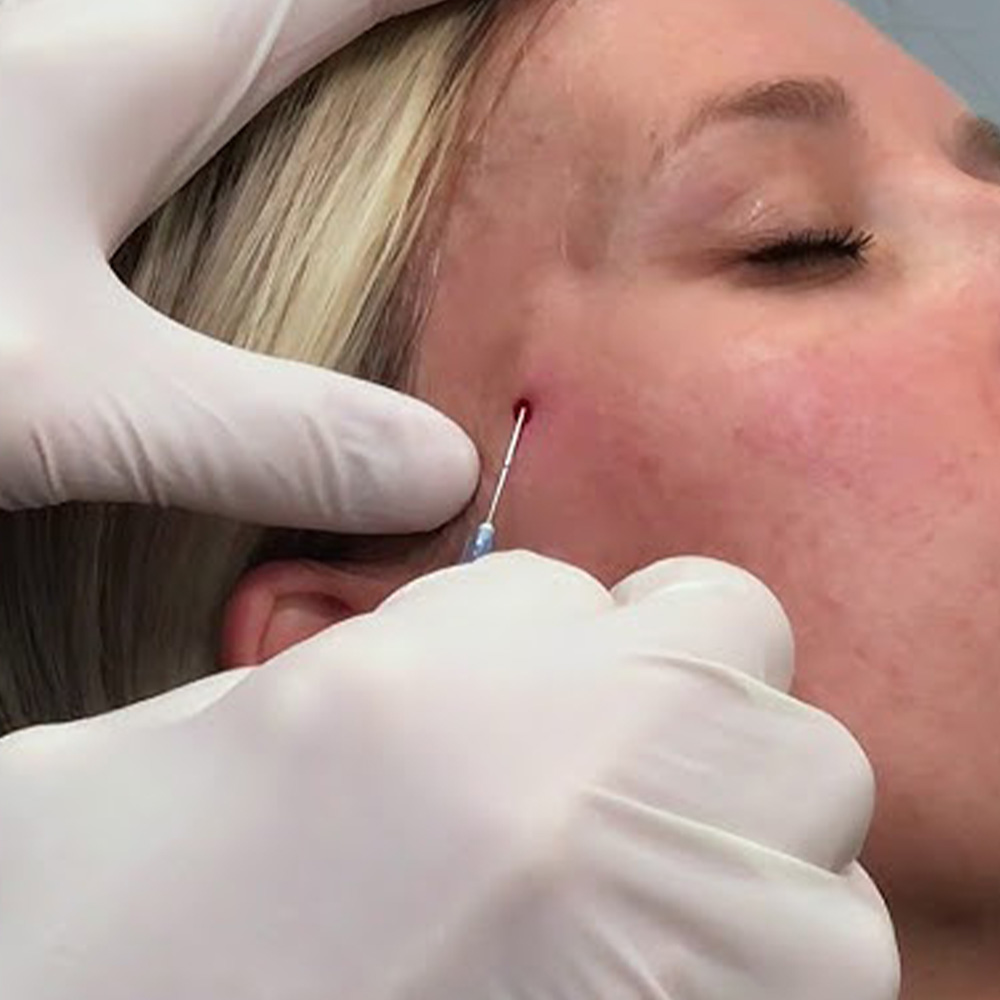
Can Fillers in Temples Migrate?
Yes, fillers in the temple region can migrate, particularly when placed incorrectly or in excessive volumes. Migration refers to the unintended movement of filler material from the original site, often resulting in visible lumps, asymmetry, or heaviness in surrounding areas.
Why Is Migration a Concern in the Temple?
The temple area presents multiple anatomical challenges:
- Thin dermis: makes filler irregularities more visible.
- Superficial and deep fat compartments: misplacement can cause migration across layers.
- Superficial temporal artery and veins: increase the risk of vascular compromise and unintended tracking along vessels.
- Facial movement: frequent expressions and sleeping pressure can shift product over time.
When temple filler migration occurs, it may not only affect aesthetics but also raise safety concerns if product encroaches on sensitive structures.
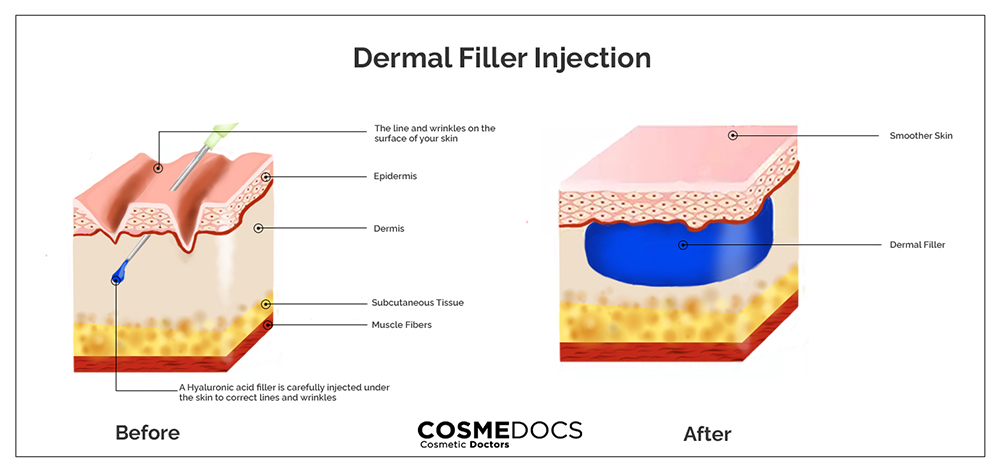
What to Avoid After Temple Fillers
Post-treatment care is critical in minimizing migration risks. Advise patients to avoid the following in the first 48–72 hours:
- Sleeping on their side or face
- Vigorous exercise or high heat exposure
- Touching or massaging the treated area
- Facial treatments or wearing tight headwear
Following temple filler training, practitioners should provide written aftercare instructions and schedule follow-ups to monitor early complications.
What Causes Filler Migration in the Temples?
Filler migration in the temple region happens when the product shifts away from its intended placement, often leading to contour irregularities, asymmetry, or in some cases, vascular concerns. Several factors contribute to this complication.
1. Incorrect Injection Plane
Temple anatomy includes both superficial and deep fat pads, fascia, and major blood vessels. If filler is placed too superficially, especially above the superficial temporal fascia, it may become visible or lumpy due to thin skin and limited soft tissue coverage. Injecting too deep or beneath the deep temporal fascia can lead to product tracking along muscle or fascial planes into adjacent areas, such as the forehead or hairline.
2. Overfilling
Using too much filler in the temples can overwhelm the tissue's capacity and increase the chance of displacement. Because the temple is a confined area, high volumes create pressure that can push the filler into unintended zones. A staged approach is safer, especially for patients with significant volume loss.
3. Inappropriate Filler Choice
Not all fillers are suited for the temple region. Products with low cohesivity or viscosity may spread more easily under pressure or movement. Ideally, the best filler for temples has high G-prime, good lift capacity, and remains stable in dynamic tissue.
4. Post-Treatment Manipulation
Patient behavior after injection can impact filler stability. Sleeping on the side, pressing on the temples, or massaging the area can displace the product before it fully integrates. Educating patients to avoid these activities in the first few days is critical.
5. Facial Movement and Gravity
Repetitive movements involving the temporalis muscle, such as chewing or raising the brows, can gradually shift poorly placed filler. Gravity also contributes, especially in patients with skin laxity or age-related tissue changes, pulling filler downward over time.
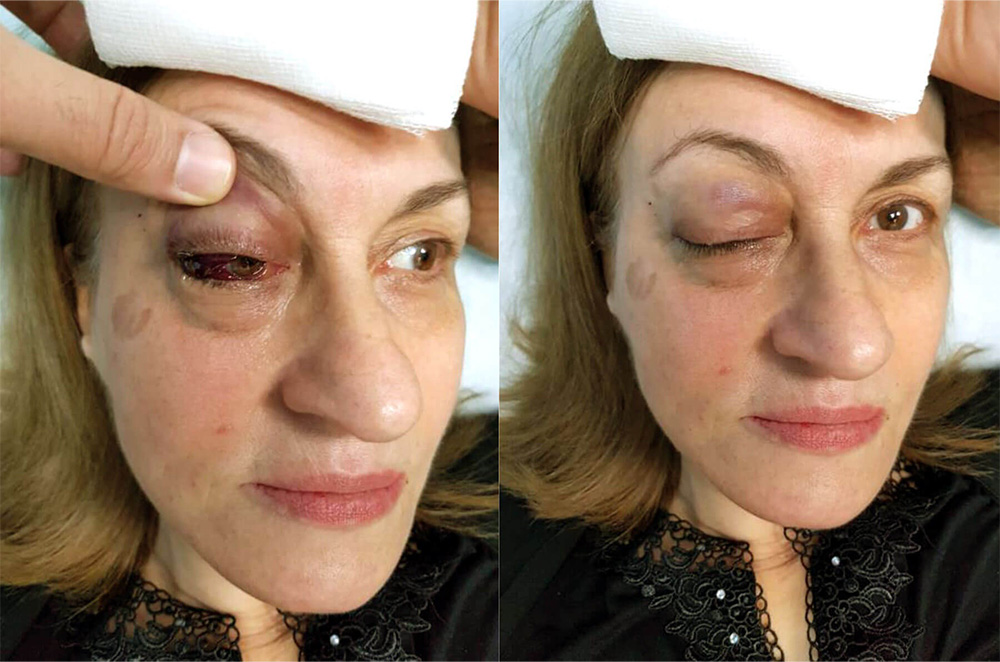
How to Prevent Fillers from Migrating
1. Refine Injection Technique
- Use a cannula for deeper temple injections to reduce trauma and guide filler placement along appropriate planes.
- Target the deep temporal fat pad, avoiding superficial placement unless indicated.
- Limit volume per side, typically not exceeding 0.5–1.0 mL per session to avoid overcorrection.
- Inject slowly, using a fanning or bolus technique depending on the plane.
2. Choose the Right Product
- Look for fillers with high cohesivity and lift capacity, such as Juvederm Voluma or Teosyal Ultra Deep.
- Avoid overly soft fillers that may spread too easily.
- Match the filler’s rheological properties to the patient's degree of volume loss and tissue quality.
3. Educate Patients on Aftercare
- Reinforce the importance of avoiding pressure or manipulation post-treatment.
- Provide clear guidance on sleep positioning, skincare routines, and follow-up timing.
For practitioners seeking to refine their skills, temple filler training courses are strongly recommended to deepen anatomical knowledge and optimize injection protocols.
Managing Filler Migration: What to Do When It Happens
Signs of Migration
- New or growing lumps or bulges
- Asymmetry between temples
- Filler visibly moving into the lateral forehead or upper cheek
- Discomfort, tightness, or pressure
Management Options
- Massage: Gentle massage may help reposition product if caught early and in a superficial layer.
- Hyaluronidase: Used to dissolve hyaluronic acid fillers when migration causes significant cosmetic or medical concern.
- Monitoring: In mild, non-distressing cases, the filler may settle or be reabsorbed over time.
- Referral: If vascular symptoms, nodules, or skin discoloration occur, escalate care immediately.
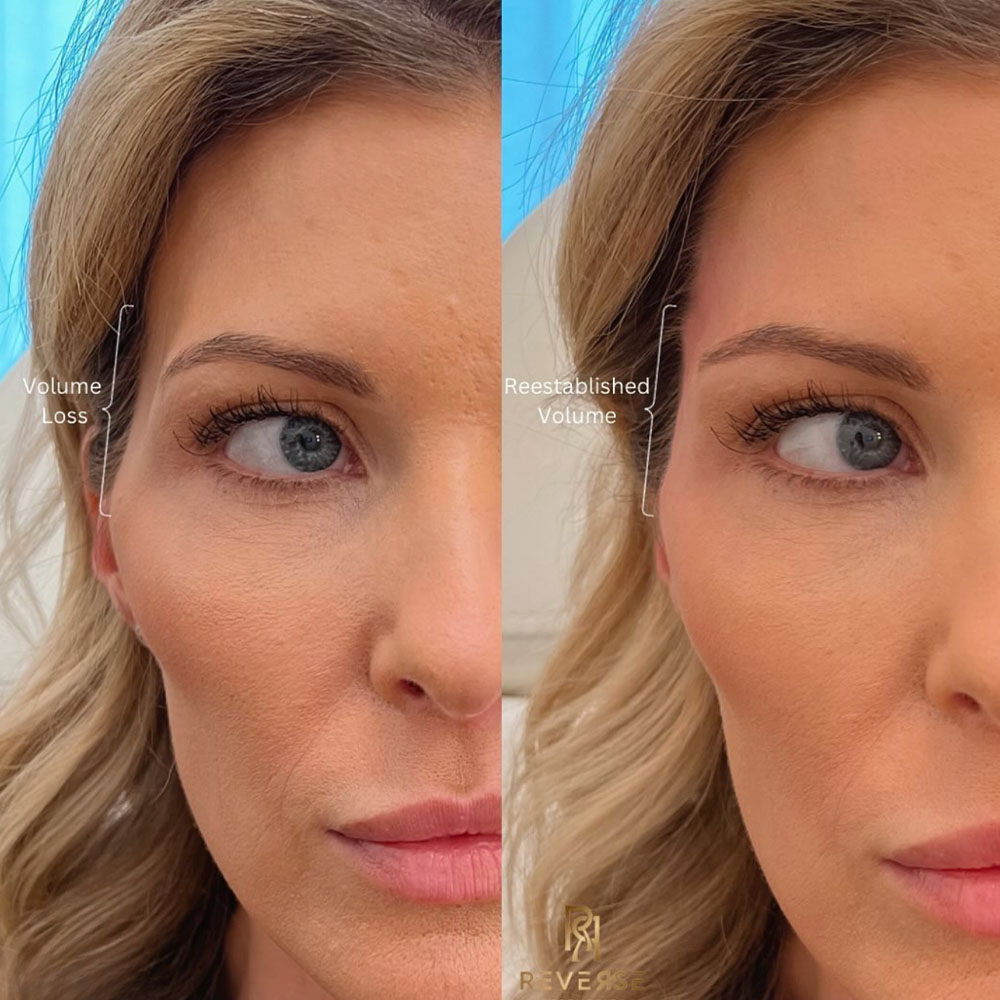
Conclusion
Treating the temple region with dermal filler is a nuanced procedure requiring a deep understanding of anatomy and meticulous technique. While temple filler offers significant rejuvenation benefits and can lift the eyes by restoring volume laterally, the risk of temple filler migration must be proactively addressed.
Prevention starts with:
- Accurate placement in the correct anatomical plane
- Conservative product volume and choice
- Clear patient education on post-treatment care
Practitioners should also follow up routinely, document any adverse events thoroughly, and seek advanced temple filler training when taking on high-risk areas. For those looking for to master aesthetic medicine with HubMed Ed’s exceptional training resources.
FAQ
Is it worth getting temple fillers?
Yes, for suitable patients, temple fillers can restore facial balance and youthfulness. However, results depend on technique and patient selection.
Can temple fillers go wrong?
Yes. Incorrect placement, poor product choice, or excessive volume can lead to complications like migration, lumps, or vascular issues.
How long does it take for fillers to settle in temples?
Initial settling occurs within 1–2 weeks. Full integration and resolution of swelling may take 4 weeks.
Can you massage away migrated fillers?
In some cases, gentle massage can help if the product is superficial and recently placed. Always consult a trained injector before attempting.
How can I tell if my fillers are migrating?
Look for changes in shape, asymmetry, lumps, or discomfort that develop days or weeks after the treatment. Follow up with your practitioner promptly.
Sources
- Lee W, Park JW, Yang EJ. Temple augmentation by injecting a hyaluronic acid filler between the superficial and deep temporal fasciae. J Cosmet Dermatol. 2022;21(10):4313-4318. doi:10.1111/jocd.15004 https://pubmed.ncbi.nlm.nih.gov/35435310/
- Kim SB, Hu H, Bae H, Yi KH. Anatomy of the temporal region to guide filler injections. Surg Radiol Anat. 2024;46(5):615-624. doi:10.1007/s00276-024-03340-x https://pubmed.ncbi.nlm.nih.gov/38480594/
- Hong GW, Wan J, Choi W, Yi KH. An Expert Guide to Anatomy-Based Filler Injection for the Temple: Techniques and Clinical Insights. Life (Basel). 2025;15(2):266. Published 2025 Feb 10. doi:10.3390/life15020266 https://pubmed.ncbi.nlm.nih.gov/40003675/
Disclaimer:
This article is intended for licensed medical professionals. All protocols, dosages, and treatment insights referenced herein are based on published literature. The content is not intended to encourage application, diagnosis, or self-treatment of unlicensed individuals, and should not be used as a substitute for the clinical judgment of a qualified healthcare provider.
